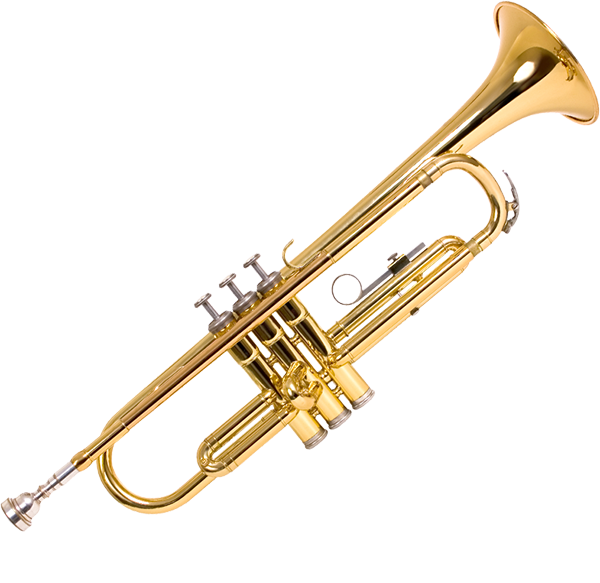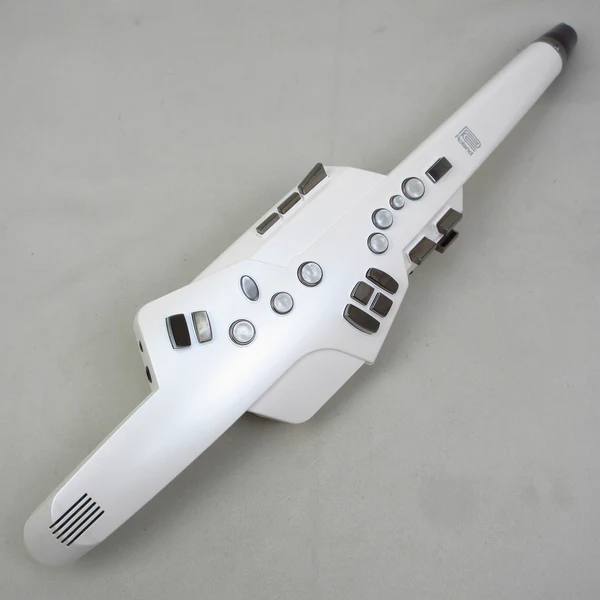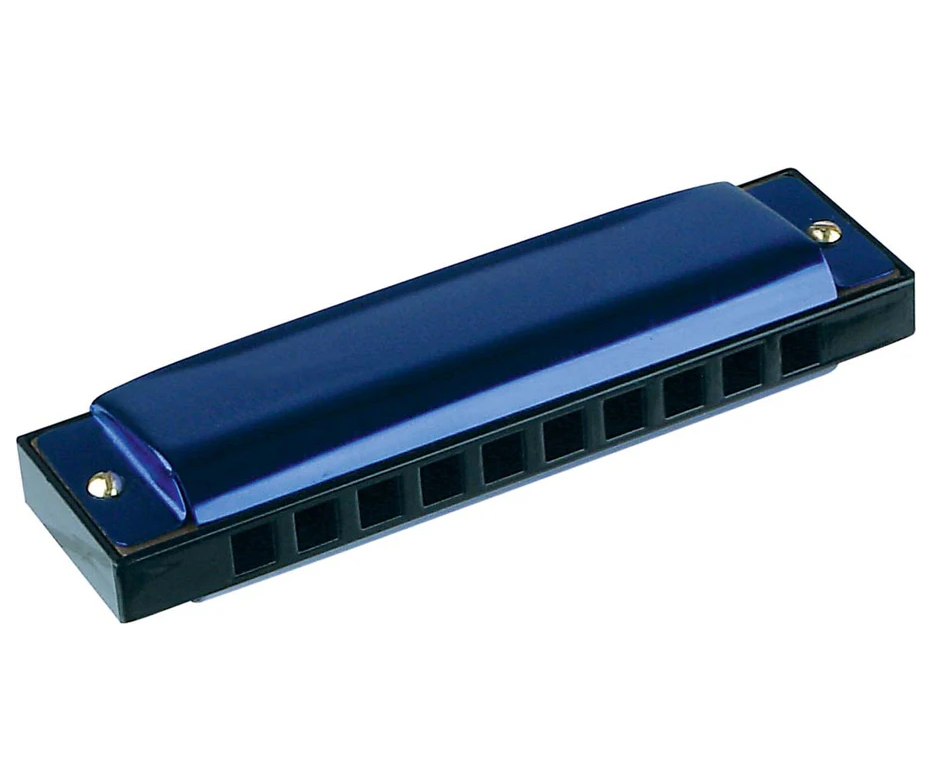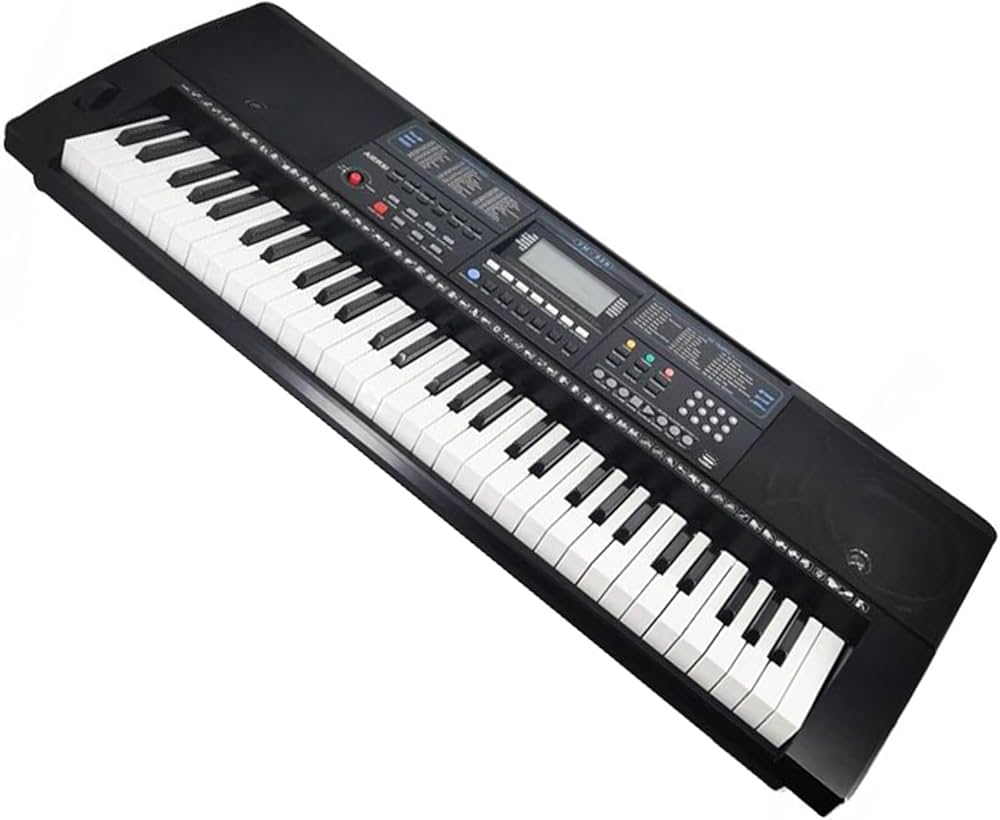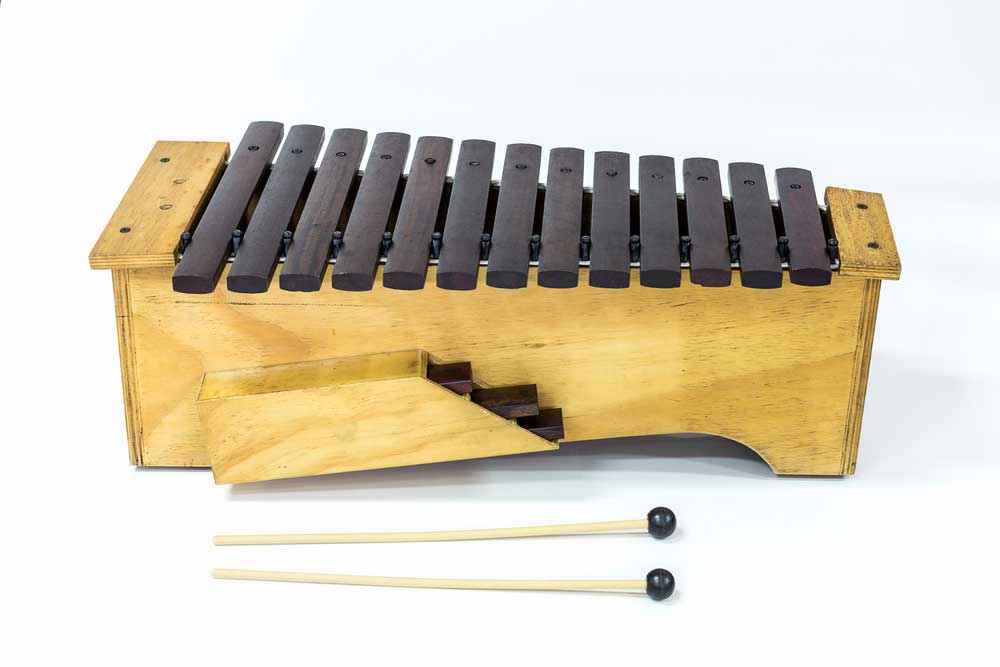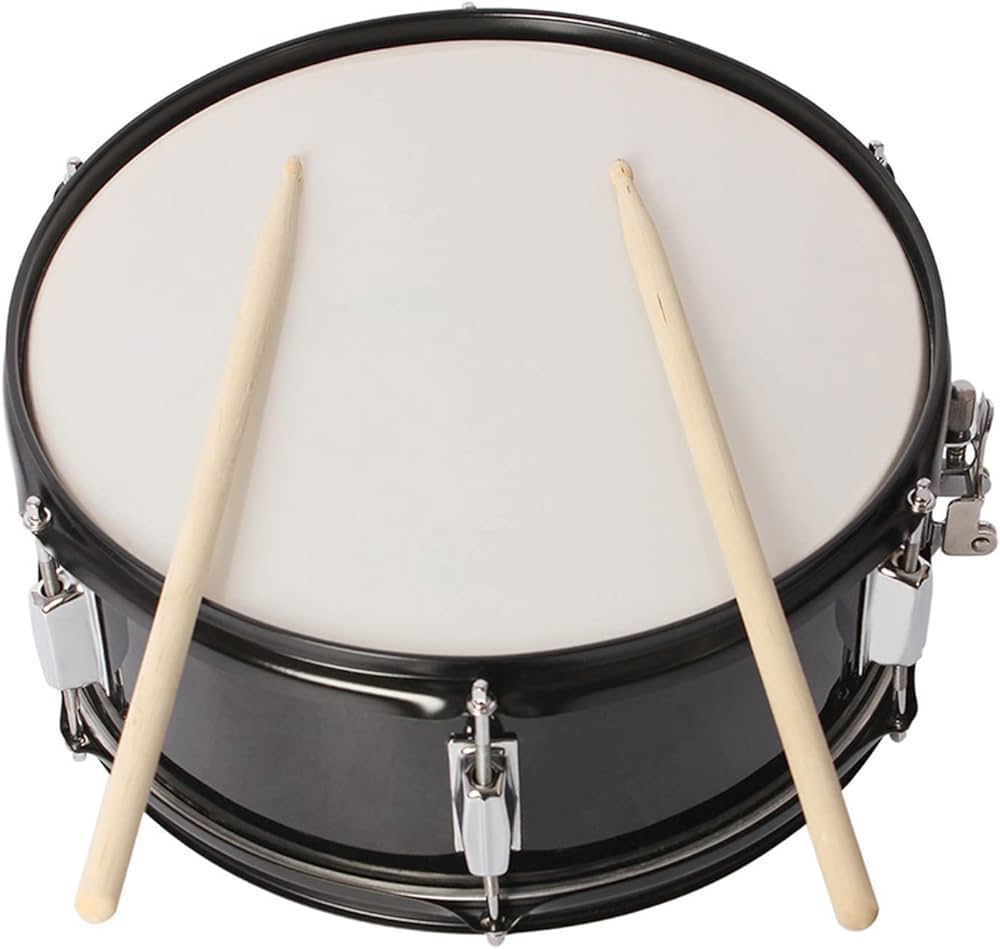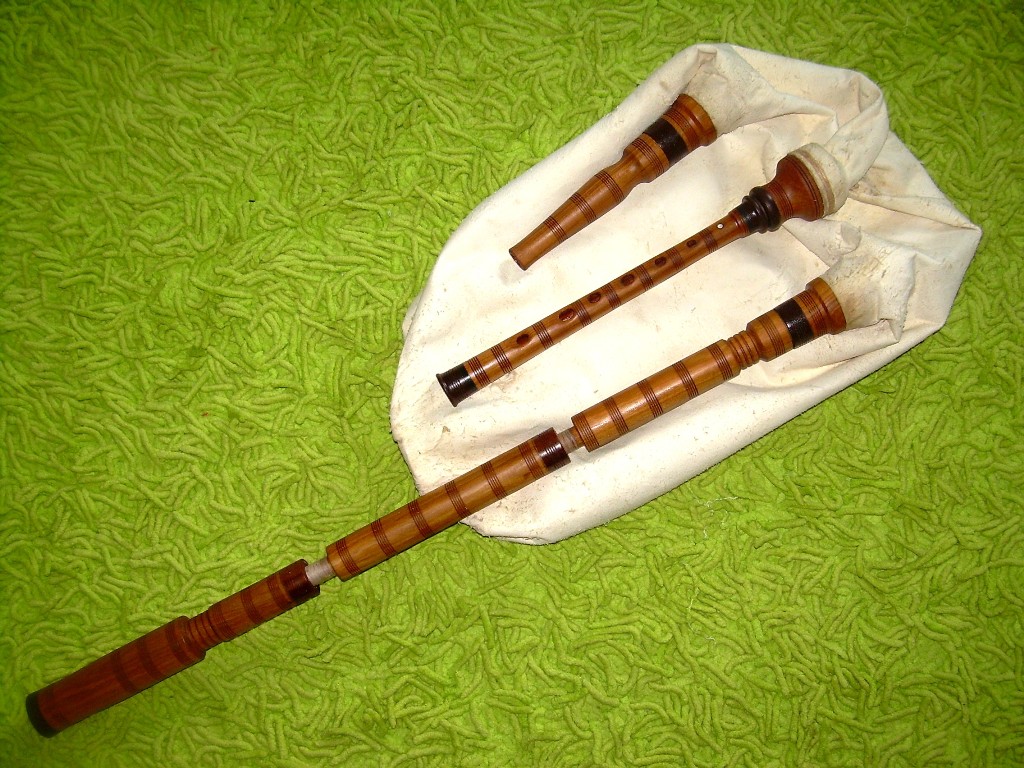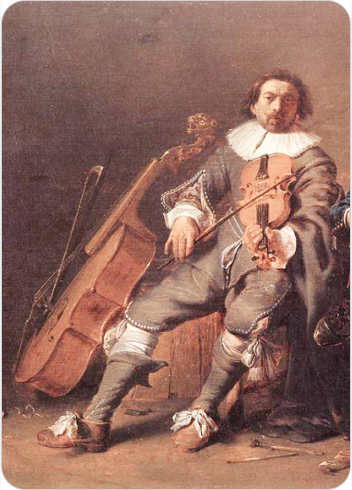Jirba
Woodwinds
Middle East
Between 1001 and 1900 AD
The jirba is a traditional aerophonic musical instrument that belongs to the family of bagpipes. It is particularly known in the Persian Gulf region, especially in Bahrain and Kuwait, where it holds a significant place in folk music traditions. The instrument is characterized by its unique construction that combines a bag, typically made from goat skin, with a double-reeded chanter. Unlike many other bagpipes, the jirba is droneless, meaning it does not produce a continuous drone note alongside the melody, focusing instead on melodic expression through its single chanter. The bag serves as an air reservoir, which the player inflates by mouth through a blowpipe, allowing for continuous sound production without interruption for breath. The chanter, attached to the lower part of the bag, resembles a wooden flute and features either four or six finger holes, which the player manipulates to produce different notes. The instrument’s reeds are positioned side by side, creating a harmonious double note that enriches the melodic line. The sound of the jirba is distinctively warm and resonant, with a slightly nasal quality due to the double reeds, which contributes to its unique timbre and cultural identity.
Type of Instrument
The jirba is classified as an aerophone, one of the primary categories in the Hornbostel-Sachs system of musical instrument classification. Aerophones produce sound primarily by vibrating air without the use of strings or membranes. More specifically, the jirba is a type of bagpipe, which is a subset of aerophones that use an air reservoir (the bag) to maintain a continuous airflow through reeds or pipes. The jirba falls under the category of reed aerophones because its sound is generated by the vibration of double reeds situated in the chanter. Unlike free reed instruments such as harmonicas, the jirba’s reeds are enclosed within the chanter, and the player’s breath sets the air column inside the chanter into vibration.
History of the Jirba: Continent and Century
The jirba has a rich historical background rooted in the cultural tapestry of the Middle East, specifically the Arabian Peninsula and the Persian Gulf region. It is primarily associated with the countries of Bahrain and Kuwait, with cultural ties extending to southern Iran and the broader Gulf area. The instrument’s origins are linked to the traditional music of these regions, where bagpipes have been part of the musical landscape for centuries. Historical evidence suggests that the jirba, or similar types of bagpipes, have been played in this area since at least the early modern period, with some references and illustrations dating back to the 16th and 17th centuries. The Persian Gulf’s strategic location as a crossroads of trade and cultural exchange facilitated the diffusion of musical instruments like the jirba among diverse ethnic groups, including Arabs, Persians, and ethnic Iranians. The instrument’s presence in Bahrain and Kuwait reflects this intercultural interaction, where it became embedded in local folk traditions. The jirba’s association with ethnic Iranians in Kuwait and Bahrain highlights the migration and settlement patterns that influenced the region’s cultural diversity.
European travelers and scholars in the 19th century documented the presence of bagpipes similar to the jirba in southern Iran and the Gulf, indicating the instrument’s sustained popularity and cultural significance. The celebrated Persian miniaturist Riza ‘Abbasi, active in the early 1600s, is known to have depicted a ney-anbān (a Persian bagpipe closely related to the jirba) player, providing visual historical evidence of the instrument’s use during that period. The instrument’s continuity over centuries underscores its importance in regional musical traditions and its role in communal and celebratory contexts.
The jirba’s historical development is intertwined with the broader history of aerophones in the Middle East, where wind instruments have long been used in ceremonial, social, and entertainment settings. Its survival and adaptation through centuries reflect the resilience of folk musical practices in the face of modernization and cultural change. Today, the jirba remains a symbol of cultural heritage in Bahrain, Kuwait, and neighboring Gulf countries, celebrated for its distinctive sound and traditional craftsmanship.
Construction and Physical Structure
The construction of the jirba is a meticulous process that combines natural materials and traditional craftsmanship to create an instrument capable of producing its characteristic sound. The primary component of the jirba is the bag, which serves as an air reservoir. This bag is traditionally made from the skin of a goat, chosen for its durability, flexibility, and airtight qualities. The goat skin is carefully prepared, cleaned, and treated to ensure it can hold air without leaking. The skin is sewn or tied to form a sealed bag, with openings for the blowpipe and the chanter. The blowpipe is a simple tube inserted into one part of the bag, allowing the player to inflate the bag by mouth. It often includes a non-return valve to prevent air from escaping back out during play. The other main component is the chanter, which is attached to the lower part of the bag. The chanter resembles a wooden flute and is typically crafted from hardwood or other dense wood to produce a clear, resonant tone. It features either four or six finger holes, spaced to allow the player to produce a range of notes. The exact number of holes can vary depending on regional styles and maker preferences.
Inside the chanter are two reeds positioned side by side, which are the sound-producing elements of the instrument. These double reeds vibrate when air is forced through them, creating the jirba’s distinctive double-note sound. The reeds are carefully crafted from cane or similar materials and adjusted to achieve the desired pitch and tonal quality. The base of the chanter is often wrapped with string or wax to secure the reeds and ensure airtightness. The physical structure of the jirba is compact and portable, allowing musicians to carry and play it easily during social events and outdoor festivities. The goat skin bag is flexible and can be comfortably held under the arm, while the chanter extends outward for finger manipulation. The instrument’s design reflects a balance between functionality and aesthetic tradition, with some versions featuring decorative elements such as tassels or painted motifs on the bag or wooden parts.
Types of Jirba
While the jirba is generally recognized as a single type of bagpipe, variations exist depending on regional and cultural influences within the Persian Gulf and neighboring areas. These variations primarily pertain to the size of the chanter, the number of finger holes, and the specific materials used in construction. Some jirbas feature four finger holes, while others have six, which affects the range of notes and the complexity of melodies that can be played. The choice of finger hole number often corresponds to local musical styles and the preferences of individual musicians. Another distinction among jirba types relates to the size and shape of the bag. Some versions use larger goat skins, resulting in a bigger air reservoir that allows for longer sustained notes and potentially greater volume. Smaller bags, conversely, may offer quicker response times and more agility in playing. The blowpipe design can also vary, with some incorporating simple wooden tubes and others including valves to improve air retention.
The reeds used in the chanter can differ in thickness, length, and material, influencing the tonal quality and tuning of the instrument. Some jirbas employ reeds that produce a softer, mellower sound, while others use reeds that yield a brighter, more piercing tone. These reed variations contribute to the distinctive sound profiles of jirbas from different communities. In addition to these physical differences, the playing style and musical repertoire associated with the jirba can vary. For example, the ethnic Iranian players in Kuwait might emphasize certain melodic patterns and ornamentations that differ from those used by Bahraini musicians. These stylistic differences further diversify the types of jirba as experienced in performance.
Characteristics of the Jirba
The jirba’s defining characteristics include its droneless, double-reeded, single-chantered design, which sets it apart from many other bagpipes worldwide. Its sound is produced by the vibration of two reeds placed side by side within the chanter, creating a harmonious double note that enriches the melodic line. This dual reed setup gives the jirba a unique tonal texture that is both resonant and slightly buzzing, contributing to its distinctive voice in traditional music. The instrument’s droneless nature means it does not produce the continuous harmonic drone typical of many European bagpipes, focusing instead on the melody alone. This makes the jirba particularly suited to the modal and rhythmic structures of Gulf folk music, where melodic variation and rhythmic interplay are emphasized over harmonic accompaniment. The jirba’s bag, made from goat skin, allows for continuous airflow, enabling the player to sustain notes and phrases without interruption for breath. This continuous sound production is essential for the instrument’s role in dance music and festive occasions, where a steady, flowing melody supports the rhythm and movement. Physically, the jirba is compact and portable, designed for ease of use in social and outdoor settings.
The wooden chanter with its finger holes allows for expressive melodic playing, with the number of holes influencing the range and complexity of the music. The instrument’s construction materials—natural goat skin, hardwood, and cane reeds—reflect traditional craftsmanship and a connection to the natural environment. Musically, the jirba is capable of producing lively, rhythmic melodies that are integral to the cultural expressions of Bahrain, Kuwait, and surrounding regions. Its sound carries well in open spaces, making it ideal for communal celebrations and folk performances. The instrument’s ability to produce continuous sound with a rich double reed tone makes it a vital voice in the musical heritage of the Persian Gulf.
Playing Techniques and Sound Modifications
The Jirba is a traditional bagpipe instrument characterized by a single chanter with either four or six finger holes and a double-reeded mouthpiece that produces a harmonious double note. Unlike many bagpipes, the Jirba is droneless, meaning it does not have the continuous drone pipe that sustains a background note. The player fills the goat-skin bag with air by mouth, which is then squeezed to force air through the chanter. This allows for continuous sound production without interruption for breath. The double reeds positioned side by side create a unique tonal quality that is rich and slightly nasal. Playing the Jirba requires precise control of the bag pressure and finger placement on the chanter holes to produce melodic lines. The absence of a drone gives the player flexibility to focus on melodic variations and rhythmic patterns. Skilled players use subtle changes in bag pressure and finger technique to modify the tone and articulation, producing expressive dynamics and ornamentations. The instrument’s sound often mimics the maritime environment, with a continuous drone-like effect achieved through sustained notes and rhythmic breathing techniques that simulate the ebb and flow of the sea.
Because the Jirba is closely tied to traditional music genres such as Sawt and pearl diving songs, its playing style often incorporates rhythmic patterns that reflect the natural rhythms of the ocean and work songs. The instrument is typically played in ensemble settings alongside drums like the mirwas and string instruments such as the oud and rebab, complementing the overall texture with its distinctive timbre.
Famous Compositions
While the Jirba is primarily associated with folk and traditional music rather than composed classical pieces, it features prominently in traditional Bahraini and Kuwaiti musical forms. It is especially integral to the music of pearl divers and maritime communities, where songs celebrate the sea, labor, and communal life. These compositions often involve repetitive melodic motifs that provide a hypnotic, meditative backdrop for singing and dancing. Sawt music, a genre that blends African, Persian, and Indian influences, often includes the Jirba as a lead melodic instrument. The compositions in this genre are noted for their intricate rhythms and poetic lyrics, with the Jirba weaving melodic lines that enhance the vocal narratives. Traditional wedding songs and festive pieces also showcase the Jirba’s lively and celebratory sound, often played alongside the Habaan, a related bagpipe instrument. Though not widely known in the Western classical repertoire, the Jirba’s traditional repertoire is rich with oral history and cultural expression, passed down through generations of musicians and pearl diving communities.
Most Influential Players
The Jirba is traditionally played by ethnic Iranians in Bahrain and Kuwait, as well as by musicians on the Kuwaiti island of Faylaka. While individual names of famous Jirba players are not widely documented in global music literature, the instrument’s cultural custodians are often community elders and folk musicians who preserve the traditional playing styles. In Bahrain, musicians who specialize in traditional maritime music and Sawt often feature the Jirba prominently. These players are respected for their ability to maintain the instrument’s unique sound and for their role in cultural preservation. The instrument’s influence is also seen in the work of musicians who blend traditional sounds with modern genres, helping to keep the Jirba relevant in contemporary music scenes.
Historical Performances or Concerts
The Jirba has historically been played in community gatherings, weddings, and pearl diving celebrations, where its sound forms an essential part of the festive atmosphere. These performances are often informal but deeply rooted in cultural tradition, serving as a means of storytelling and communal bonding. In recent decades, efforts to preserve and promote traditional Gulf music have brought the Jirba to formal concert stages and cultural festivals. These events often feature ensembles that include the Jirba alongside other traditional instruments such as the mirwas drum, rebab, and oud. Such performances highlight the Jirba’s role in the musical heritage of Bahrain and Kuwait and introduce its distinctive sound to wider audiences. Cultural festivals celebrating Gulf heritage and maritime history frequently showcase the Jirba in live performances, emphasizing its connection to the sea and the pearl diving legacy. These concerts serve both educational and entertainment purposes, preserving the instrument’s legacy and inspiring new generations of musicians.
Maintenance and Care
Maintaining the Jirba requires careful attention to its natural materials, primarily the goat-skin bag and the wooden chanter with double reeds. The bag must be kept supple and airtight, which involves regular conditioning with oils or waxes to prevent drying and cracking. Players often inspect the bag for leaks and repair small holes promptly to maintain consistent air pressure. The reeds are delicate and need frequent tuning and occasional replacement to ensure the instrument produces its characteristic double note. Proper reed care includes soaking before playing to achieve the right moisture level and storing them in a protective case to avoid damage.
The wooden chanter should be kept clean and free from moisture buildup, which can warp the wood or affect the sound quality. Regular cleaning with a dry cloth and careful handling during transport help prolong the instrument’s life. Because the Jirba is traditionally handmade, each instrument may require personalized care based on its specific materials and construction. Experienced players often develop their own maintenance routines to keep their Jirbas in optimal playing condition.
Interesting Facts and Cultural Significance
The Jirba holds deep cultural significance in Bahrain and Kuwait, especially among communities with a history of pearl diving and seafaring. Its sound is said to evoke the maritime environment, mimicking the continuous drone of the sea and the rhythms of waves. This connection to the sea underscores the instrument’s role as a sonic emblem of Gulf coastal life. Unlike many bagpipes that have drones, the Jirba’s droneless design makes it unique among traditional bagpipes worldwide. The double-reed chanter produces a harmonious double note that distinguishes its tonal character from other bagpipes. The instrument is often played at weddings and land festivities, where it contributes to the communal celebration and cultural expression. Its presence in Sawt music links it to a broader cultural tapestry that includes influences from Africa, Persia, and India, reflecting the Gulf’s historical role as a crossroads of trade and cultural exchange.
The Jirba’s use by ethnic Iranians in the Gulf region highlights the cultural diversity of Bahrain and Kuwait, where multiple ethnic groups have contributed to the musical heritage. The instrument thus symbolizes both cultural identity and intercultural dialogue. In contemporary times, the Jirba is part of efforts to revive and sustain traditional Gulf music. It serves as a bridge between past and present, connecting younger generations to their cultural roots through music. Its distinctive sound continues to inspire musicians and audiences alike, preserving a vital link to the maritime history and cultural richness of the Persian Gulf region.
FAQ
What is the history of the Jirba musical instrument?
The Jirba is a traditional double-reed bagpipe-like instrument originating from Bahrain and parts of the Arabian Peninsula. It has ancient roots in folk music and nomadic Bedouin traditions. Historically, it was used in storytelling and cultural celebrations. The instrument reflects a blend of African and Middle Eastern influences.
What materials are used to construct the Jirba?
The Jirba is typically made using a goat skin airbag, with wooden or cane pipes attached. The double-reed pipes are inserted into the bag and act as the melody and drone pipes. Decorative elements may include fabric wrappings and ornamental cords. Traditional construction emphasizes natural, locally sourced materials.
What are the sounds and uses of the Jirba?
The Jirba produces a droning, rhythmic, and nasal-toned sound suitable for folk melodies. It is commonly played during weddings, community gatherings, and cultural festivals in the Gulf region. The continuous airflow creates an uninterrupted melodic pattern. Its sound is deeply associated with traditional Gulf identity.
 Links
Links
References
Other Instrument
Categories

